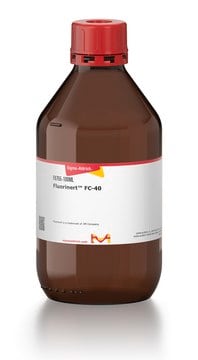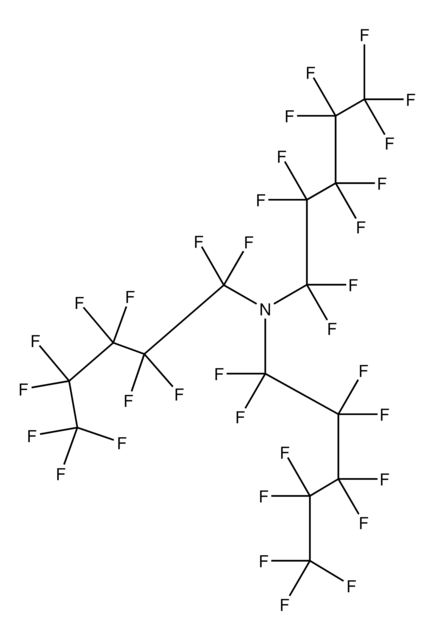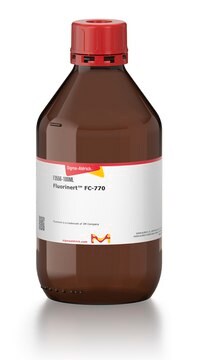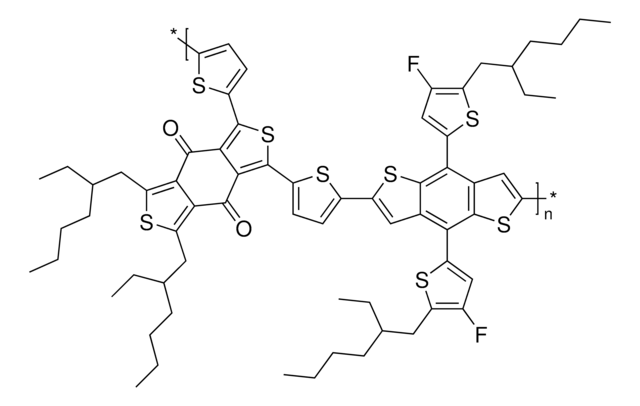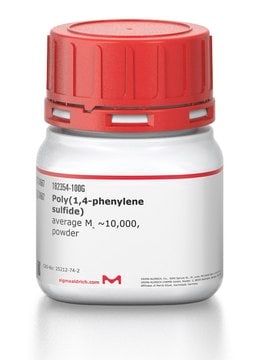469610
Poly[4,5-difluoro-2,2-bis(trifluoromethyl)-1,3-dioxole-co-tetrafluoroethylene]
dioxole 65 mol %
Synonym(s):
PTFE AF, PTFE AF 1600
About This Item
Recommended Products
description
contact angle 104 ° with water
critical surface energy 15.7 dyn/cm
Quality Level
form
solid
composition
dioxole, 65 mol %
dielectric constant
1.934, 1 MHz (ASTM D 150)
hardness
103 (Rockwell, ASTM D 785, 23 °C)
transmittance
>95% (ASTM D 1003)
refractive index
n20/D 1.31
density
1.78 g/mL at 25 °C
SMILES string
FC(F)(F)C1(OC(=C(O1)F)F)C(F)(F)F.FC(=C(F)F)F
InChI key
WAQVMMYKXQPUNG-UHFFFAOYSA-N
Looking for similar products? Visit Product Comparison Guide
Related Categories
General description
Application
Physical form
Storage Class
11 - Combustible Solids
wgk_germany
WGK 3
flash_point_f
Not applicable
flash_point_c
Not applicable
ppe
Eyeshields, Gloves, type N95 (US)
Choose from one of the most recent versions:
Already Own This Product?
Find documentation for the products that you have recently purchased in the Document Library.
Global Trade Item Number
| SKU | GTIN |
|---|---|
| 469610-1G | 4061832359045 |
Our team of scientists has experience in all areas of research including Life Science, Material Science, Chemical Synthesis, Chromatography, Analytical and many others.
Contact Technical Service![Poly[4,5-difluoro-2,2-bis(trifluoromethyl)-1,3-dioxole-co-tetrafluoroethylene] dioxole 87 mol %](/deepweb/assets/sigmaaldrich/product/structures/951/320/21327fcd-4960-402d-8ae1-bf2e379cb2e2/640/21327fcd-4960-402d-8ae1-bf2e379cb2e2.png)
